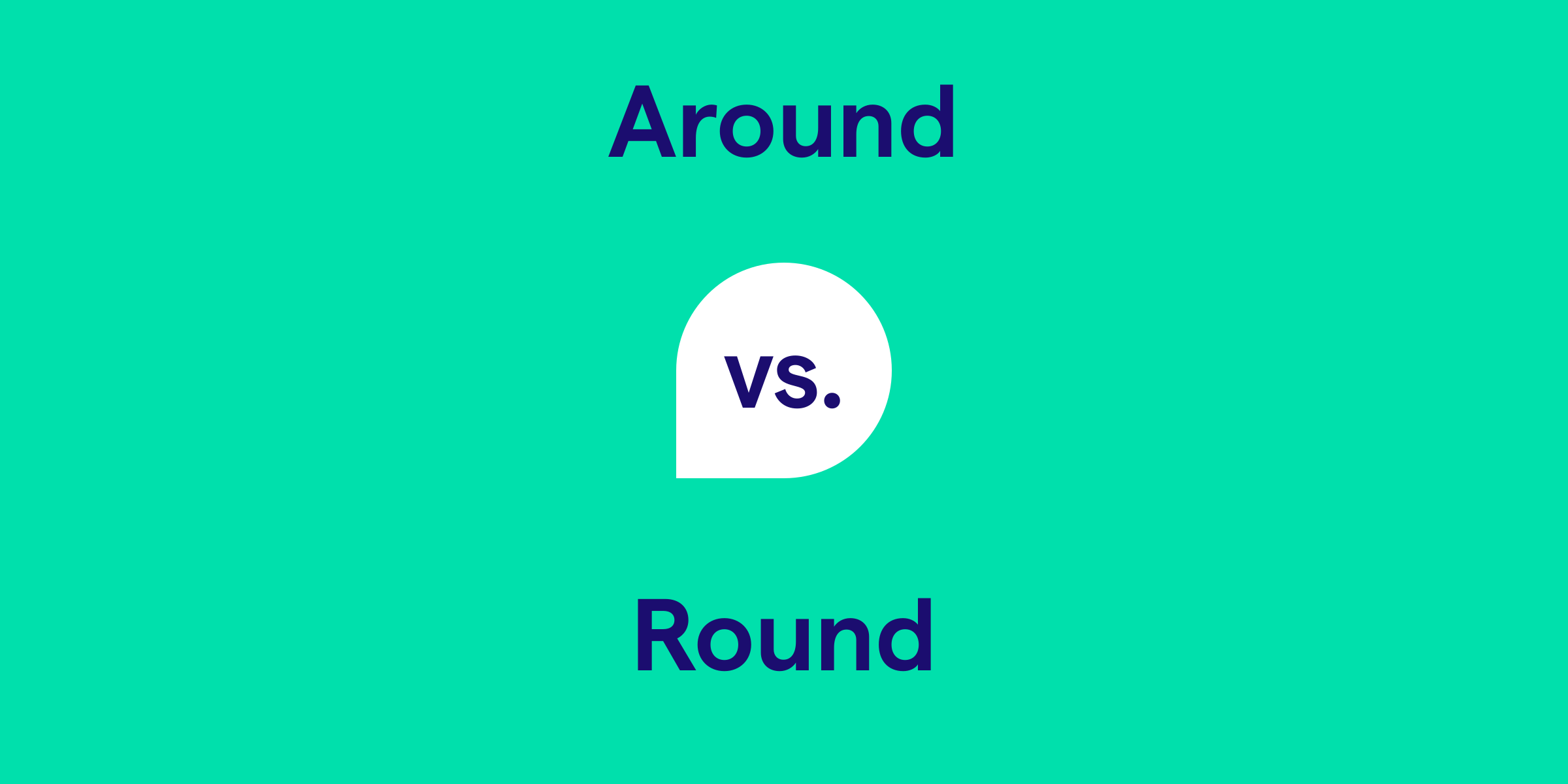Around vs. Round: What's the Difference?
The prepositions around and round are often used interchangeably to describe enclosure or movement in a circular path, yet subtle differences exist in their usage. Around is more commonly accepted in American English as the go-to term for such situations, implying a more precise or metaphorical circuit. Conversely, round tends to be a more casual or colloquial form used primarily in British English, implying movement or a location in a generally circular shape.

How do you use the word around in a sentence?
The word around is often used to indicate a circular motion or to demonstrate that something is on all sides of a particular point. It denotes motion along a curved path, sometimes implying a return to a starting point. Additionally, around can describe a vague location, as in the immediate vicinity of a place, or suggest an approximate time or quantity.
Examples of around in a sentence
- She walked around the park to clear her mind.
- The news traveled quickly around the office.
- We'll begin the meeting around 10 a.m.
How do you use the word round in a sentence?
In British English, round is frequently used as a less formal alternative to around, especially in spoken language. It implies movement in a circular fashion but can also be used to describe something with a circular shape. It may sometimes function as an adjective, complementing the item it describes.
Examples of round in a sentence
- The cat curled up into a round ball.
- Let's take a walk round the garden after lunch.
- I've been looking all round the house for my keys.
Around and round definition, parts of speech, and pronunciation
Around definition:
Around is used as an adverb or preposition to express location or movement in a circular route that typically leads back to a starting point or existence on every side.
Around parts of speech:
Around pronunciation:
Around is pronounced as "/əˈraʊnd/", with a slightly stressed second syllable.
Round definition:
Round can serve as a preposition, adverb, noun, or adjective, commonly referring to a shape, movement in a circle, or completeness of action.
Round parts of speech:
Round pronunciation:
Round is pronounced as "/raʊnd/", which rhymes with 'found'.
Around is used as an adverb or preposition to express location or movement in a circular route that typically leads back to a starting point or existence on every side.
Around parts of speech:
- Preposition: The children ran around the playground laughing and shouting.
- Adverb: They sat around waiting for the concert to start.
Around pronunciation:
Around is pronounced as "/əˈraʊnd/", with a slightly stressed second syllable.
Round definition:
Round can serve as a preposition, adverb, noun, or adjective, commonly referring to a shape, movement in a circle, or completeness of action.
Round parts of speech:
- Preposition: Pass the cards round so everyone gets one.
- Adjective: She was wearing a round brooch on her dress.
Round pronunciation:
Round is pronounced as "/raʊnd/", which rhymes with 'found'.
Around vs. Round in a nutshell
While around and round can both describe circular movement or positioning, around is the prevalent form in American English. Round has the same core meanings but is often preferred in informal British English contexts. Additionally, round can function in multiple parts of speech, including as an adjective, which isn't common for around. Understanding the nuances of each can help writers and speakers use them more accurately in various English dialects.
Get AI Writing Assistance Wherever You Type
Make sure your vocabulary is on point and every punctuation mark is in the right place, no matter where you’re working. Grammarly works across more than 1 million websites and apps so you can improve your writing without copying, pasting, or breaking focus.

More Commonly Confused Words
Interest piqued? Pore (not pour) over other commonly confused words to help your writing reach peak (not peek) performance.